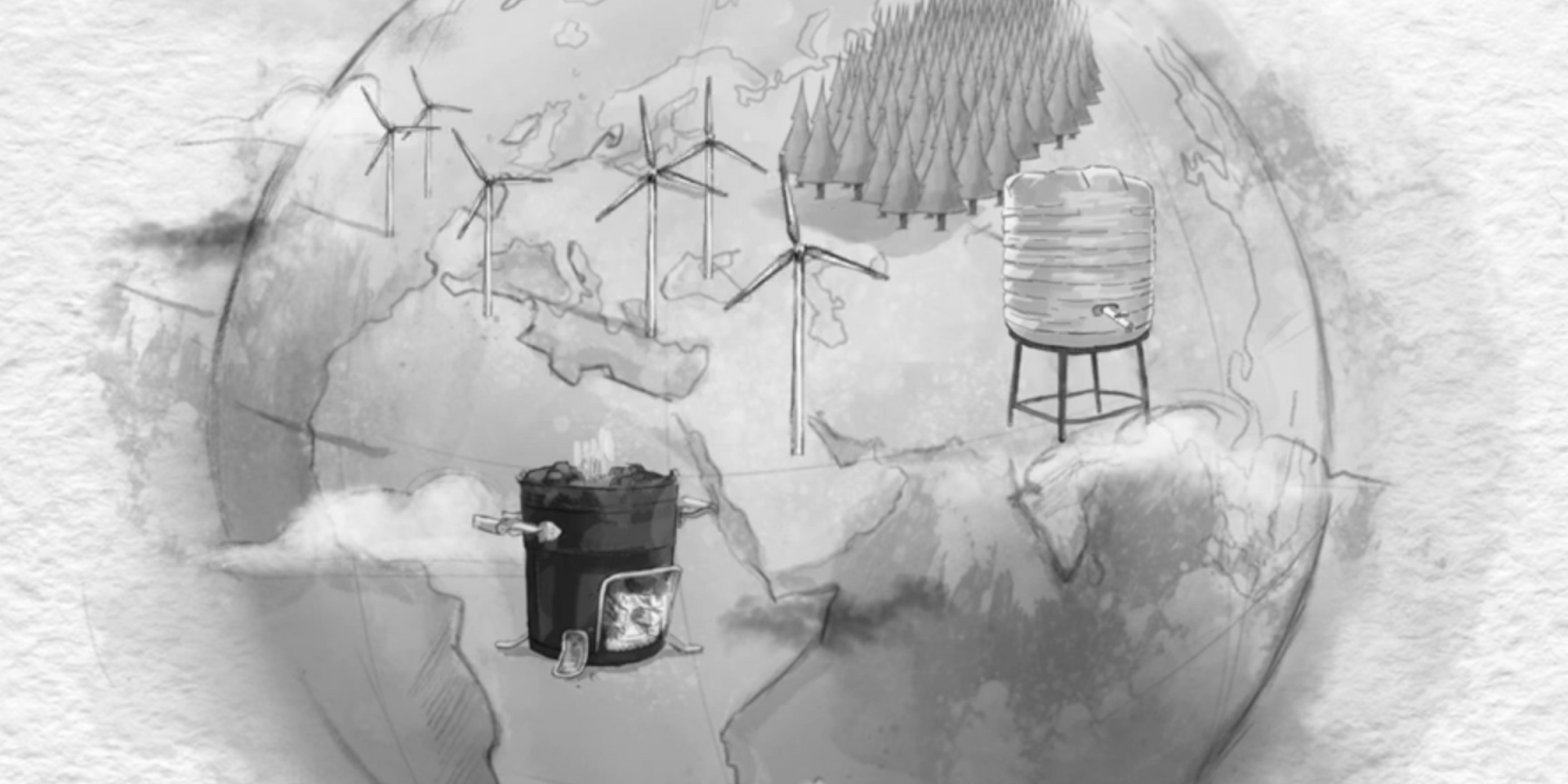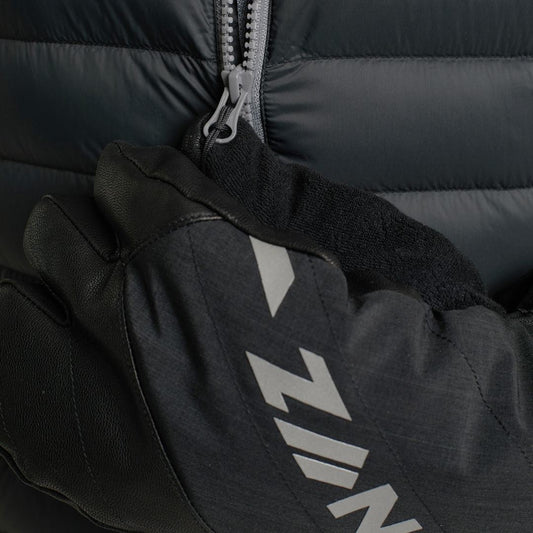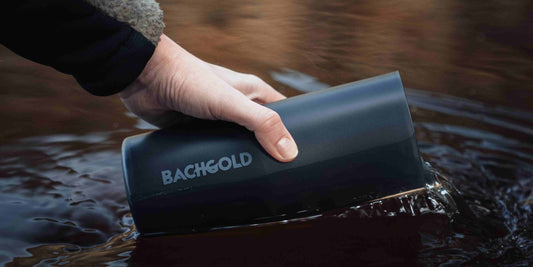Together with ClimatePartner, Zanier has calculated the Corporate Carbon Footprint (CCF) for the year 2023. This is the sum of the CO2 emissions that a company has caused within the defined system limits in a specified period. The calculations show a significant reduction in CO2 emissions compared to the previous year.
First ClimatePartner-certified glove brand worldwide.
Nature and people - that is the focus at Zanier. This is precisely why the family-run outdoor company voluntarily set itself sustainability standards and has been the world's first climate-neutral glove brand since 2019 and the first ClimatePartner-certified glove brand since 2023. This is a personal commitment to nature, our children and grandchildren and is intended to help preserve our cultural and natural environment for future generations. First and foremost, Zanier is working to avoid and reduce emissions. All unavoidable emissions from production and the company are balanced by ClimatePartner and offset by selected international nature and climate protection projects. Customers and partners can use Climate ID Tracking to track the amount of climate protection projects we finance and find out more details about the projects.

Calculation and results from ClimatePartner.
The basis for concrete action is the calculation. Anyone who knows the carbon footprint also knows where CO2 emissions are generated and how high they are. ClimatePartner has divided the activities recorded in the carbon footprint into three scopes:
- Scope 1 contains all directly generated emissions, for example from company-owned facilities or a vehicle fleet.
- Scope 2 lists emissions caused by purchased energy, such as electricity and district heating.
- Scope 3 includes all other emissions that are not under the direct control of the company, such as employee travel or product disposal.
The calculation of our corporate carbon footprint for the period from January 2023 to December 2023 resulted in a CO2 amount of 11,678.57 kg. A significant reduction compared to the previous year with a CO2 amount of 59,874.71 kg! This reduction is due to significant savings in the areas of the company that were identified as high CO2 emitters. For example, paper consumption was reduced by 50% and the amount of traveling was greatly reduced. A conscious approach to daily energy consumption has also paid off. The greatest savings were achieved in the Innsbruck-based company's vehicle fleet, ie Scope 1. During the calculation period, all company vehicles were successfully converted to electric cars that are charged with green electricity. As a result, CO2 emissions in Scope 1 were reduced from 29,800 kg to 1,585 kg.
Every single Zanier product is ClimatePartner certified.
Back in 2019, Zanier decided to calculate the carbon footprint along the entire value chain and not just for a single division. This means that not only the headquarters in Innsbruck has a Corporate Carbon Footprint (CCF), but also each individual product has a Product Carbon Footprint (PCF). The PCF takes into account the materials and energy used in the various phases of a product's life cycle, from the production of raw materials to disposal. Even if a lot of CO2 has already been saved here through sustainable and durable materials, optimization of packaging and packaging units, the lion's share of CO2 emissions for manufacturers such as Zanier naturally comes from the products themselves.
Compensation through international climate protection projects.
Compensation through international climate protection projects.
Emissions that remain in Zanier's value chain despite reduction and avoidance are offset by international climate protection projects. Zanier does this by supporting wind energy programs in China and the Vivalpin climate protection program and reforestation in the local Alpine region. Since 2019, Zanier has offset 1,400,128 kg of CO2 with the support of ClimatePartner.
TheClimate Partner ID of the Zanier company and theClimate Partner ID of the Zanier products transparently present the CO2 footprint and the details of certification and compensation
Principles for the calculation procedure.
ClimatePartner observed the following principles when calculating CO2 emissions and preparing the corresponding report:
- Relevance: The calculation takes into account all greenhouse gas emissions that adequately reflect Zanier's carbon footprint.
- Completeness: The report covers all greenhouse gas emissions within the selected system boundaries.
- Consistency: Standardized methods have been used to compare emissions over time.
- Transparency: All relevant aspects are treated objectively and coherently.
- Accuracy: ClimatePartner ensures that the calculation of greenhouse gas emissions is neither systematically too high nor too low, as uncertainties have been reduced as far as possible.

Based on our carbon footprint, we can identify areas of the company that make it possible to reduce and avoid emissions. That's why the annual CCF report is so important. 'We only have this one sphere to live with. We have to use it well,' explains Markus Zanier. This is our personal commitment as a family business and the only right way forward.

























































